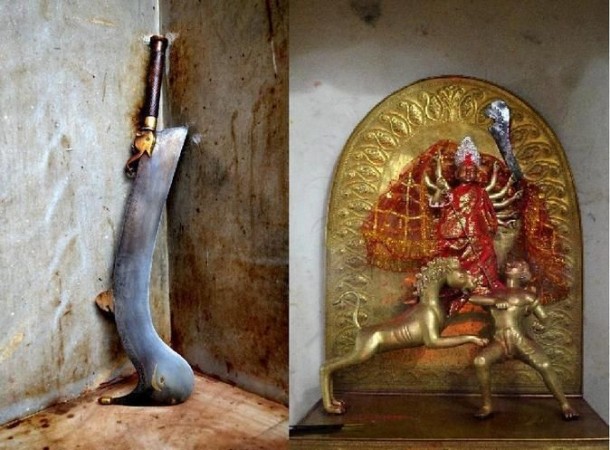
The Chandranath Shaktipeeth Temple in Chittagong, Bangladesh, is a place of immense spiritual importance, drawing devotees and tourists alike. Situated in the picturesque hills of Chandranath, this temple holds a unique historical legacy deeply connected to the Hindu goddess Mata Sati. In this article, we will delve into the history and significance of Chandranath Shaktipeeth Temple, particularly focusing on the part of Mata Sati to which it is dedicated.
Unveiling the Spiritual Essence
Chandranath Shaktipeeth Temple is a revered Hindu pilgrimage site nestled in the scenic beauty of the Chandranath Hill in Chittagong. This temple is not just a religious site but also a testament to the rich cultural heritage of the region.
Understanding the Concept
Shaktipeeths are sacred places dedicated to the divine feminine energy, Shakti. According to Hindu mythology, it is believed that when Lord Shiva danced the Tandava, carrying the lifeless body of Mata Sati, her body parts fell at various locations across the Indian subcontinent. These locations became Shaktipeeths, and Chandranath Shaktipeeth is one such revered spot.
Discovering Its Geographical Position
Chandranath Shaktipeeth Temple is situated atop the Chandranath Hill, which adds to its mystique and charm. The temple is perched at a significant elevation, providing breathtaking panoramic views of the surrounding landscape.
Unraveling the Connection
Mata Sati plays a pivotal role in the story behind Chandranath Shaktipeeth Temple. According to mythology, her forehead (mukharai) is believed to have fallen at this very spot. This particular part of her body is associated with the temple's sacredness.
Tracing the Temple's Origins
The history of Chandranath Shaktipeeth Temple dates back centuries. It is said that the temple was established during the reign of the Chand dynasty, contributing to its name. Over the years, it has undergone several renovations, but its spiritual essence remains intact.
Admiring the Temple's Design
The temple's architecture is a blend of traditional Bengali and Hindu styles, showcasing intricate carvings and vibrant colors. Pilgrims and visitors are captivated by the temple's beauty and serenity.
Why Pilgrims Flock to Chandranath Shaktipeeth
Devotees from far and wide visit Chandranath Shaktipeeth Temple to seek blessings from Mata Sati. The belief is that paying homage here can fulfill one's wishes and bring prosperity.
Its Role in Modern Times
Today, the temple serves as a symbol of religious harmony in Bangladesh. It is not only a site of Hindu worship but also a place that welcomes people of all faiths to experience its divinity and tranquility.
Safeguarding the Heritage
Efforts have been made to preserve the temple's heritage and protect it from natural calamities. The local community and government authorities work together to maintain this sacred site. Chandranath Shaktipeeth: Where Mata Sati's Mukharai Resides Chandranath Shaktipeeth Temple in Chittagong, Bangladesh, stands as a testament to the enduring legacy of Mata Sati. The temple, dedicated to her forehead (mukharai), holds deep spiritual significance for devotees and visitors alike. As it continues to draw people from diverse backgrounds, it remains a symbol of unity and reverence in the region.
OpenAI Explores In-House AI Chip Production Amidst Shortage Woes
NTPC Invites Bids for 1,500 MW Wind-Solar Hybrid Projects in India
India-UAE Sign MoU for Technology Collaboration in Space, AI, and Renewable Energy